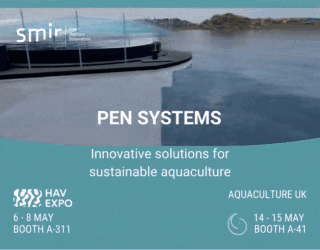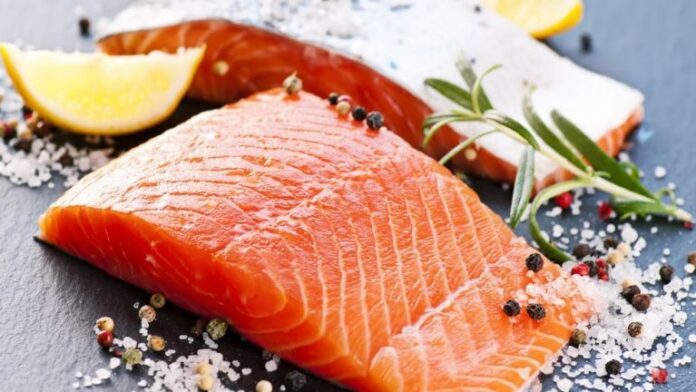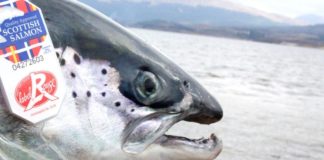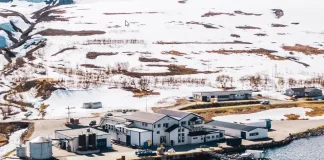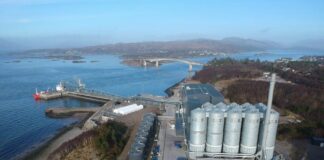On behalf of the Norwegian Food Safety Authority, the Institute of Marine Research continuously analyzed the content of illegal drugs, legally used veterinary drugs and environmental toxins in Norwegian farmed fish. This is part of the work to ensure safe farmed fish.
In 2021, 2,827 samples were analysed, consisting of a total of 14,135 farmed fish. The fish are analyzed in collective samples, which consist of five fish from the same cage.
“The levels of both pharmaceuticals and environmental toxins were below the limit value,” researcher Annette Bernhard said in a statement.
The monitoring program is part of a larger EU-mandated monitoring program for animal foodstuffs. In Norway, the Norwegian Food Safety Authority is responsible for the sampling of farmed fish, while the IMR researchers analyze and report the results.
Must represent all Norwegian farmed fish
One third of the samples were analyzed for illegal substances, and these samples were taken from all life stages of the fish.
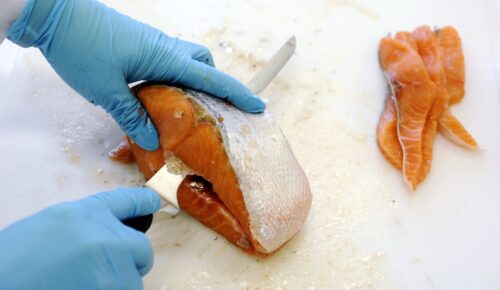
Photographer: Helge Skodvin/Marine Research Institute
The rest of the samples were taken at harvesting plants and analyzed for residues of unwanted substances, which include both legally used veterinary drugs, but also environmental toxins.
Most of the samples were farmed salmon, but the researchers also checked rainbow trout, trout, halibut, turbot, char, cod and spotted catfish. The samples must be representative of Norwegian farmed fish as a whole.
Remains of dye found
The samples were analyzed for illegal substances, such as substances with anabolic effects or illegal drugs.
Residues of the dye crystal violet were detected in two samples of farmed salmon. The Norwegian Food Safety Authority started following up the samples, and concluded that the finding was not due to illegal use, but likely contamination of the samples during sampling.
“Apart from this, we found no traces of illegal substances in any of the samples,” Bernhard said.
Lice medicines below limit values
The samples were also analyzed for a number of approved medicines, such as antibiotics, anesthetics or medicines used against parasites.
Residues of the lice agents emamectin and lufenuron were found, but the levels were below the limit value.
In addition, residues of cypermethrin were found in several samples. Cypermethrin is an insecticide, which can be used as a lice remedy, but is also used as a pesticide and can thus be transferred to the fish via the feed.
No residues of other legally used drugs were found.
No exceedances of environmental toxins
For environmental toxins, an upper limit value has been set for dioxins, dioxin-like PCBs, total PCB-6 and the heavy metals mercury, lead and cadmium.
This year’s monitoring results showed that the levels in farmed fish do not exceed the limit values for environmental toxins.

